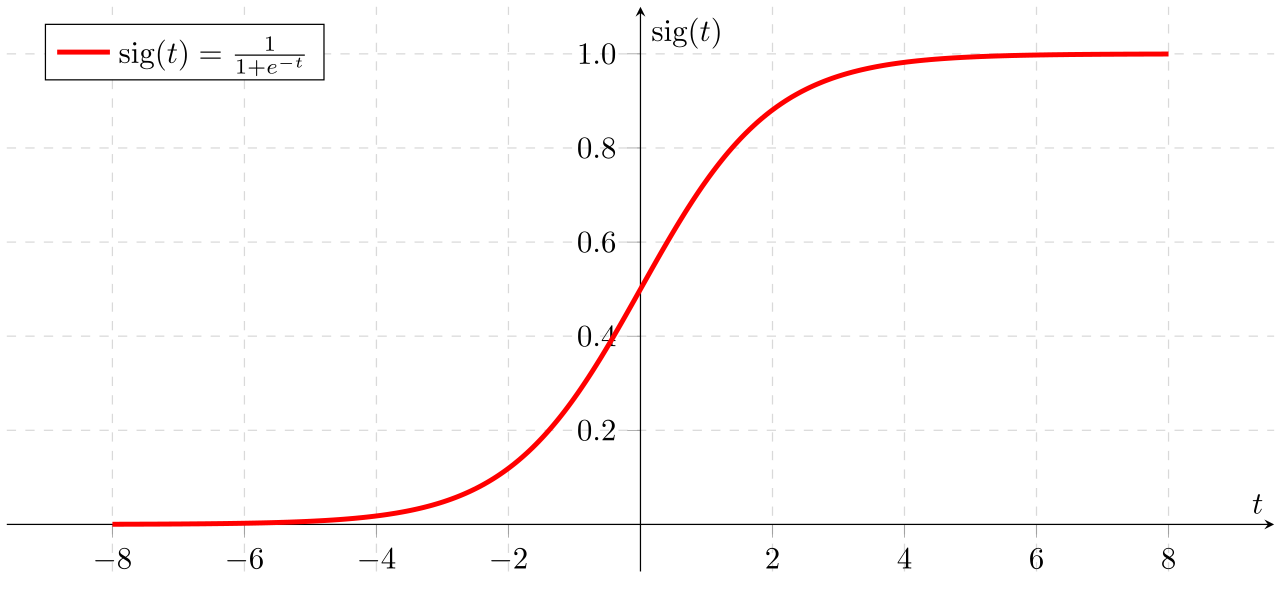Hey,
So I have this model which is pretrained by Google and also trained on a tfds dataset:
import matplotlib.pyplot as plt
import tensorflow as tf
import tensorflow_datasets as tfds
keras = tf.keras
# split the data manually into 80% training, 10% testing, 10% validation
(raw_train, raw_validation, raw_test), metadata = tfds.load(
'cats_vs_dogs',
split=['train[:80%]', 'train[80%:90%]', 'train[90%:]'],
with_info=True,
as_supervised=True,
)
"""""
Since the sizes of our images are all different, we need to convert them all to the same size.
We can create a function that will do that for us below.
"""""
IMG_SIZE = 160 # All images will be resized to 160x160
def format_example(img, lab):
"""
returns an image that is reshaped to IMG_SIZE
"""
img = tf.cast(img, tf.float32)
img = (img / 127.5) - 1
img = tf.image.resize(img, (IMG_SIZE, IMG_SIZE))
img = tf.expand_dims(img, axis=0)
return img, lab
# Now we can apply this function to all our images using .map().
# .map() takes every single example in raw_train, raw_validation, etc and applies the function to it
train = raw_train.map(format_example)
validation = raw_validation.map(format_example)
test = raw_test.map(format_example)
BATCH_SIZE = 32
SHUFFLE_BUFFER_SIZE = 1000
# Finally we will shuffle and batch the images
train_batches = train.shuffle(SHUFFLE_BUFFER_SIZE).batch(BATCH_SIZE)
validation_batches = validation.batch(BATCH_SIZE)
test_batches = test.batch(BATCH_SIZE)
IMG_SHAPE = (IMG_SIZE, IMG_SIZE, 3)
# Create the base model from the pre-trained model MobileNet V2
base_model = tf.keras.applications.MobileNetV2(input_shape=IMG_SHAPE,
include_top=False, # we don't want to load the top layer
weights='imagenet')
base_model.trainable = False
"""""
Adding OUR Classifier
"""""
global_average_layer = tf.keras.layers.GlobalAveragePooling2D()
# Finally, we will add the prediction layer that will be a single dense neuron. We can do this because we
# only have two classes to predict for.
prediction_layer = keras.layers.Dense(1, activation='sigmoid')
# Now we will combine these layers together in a model.
model = tf.keras.Sequential([
base_model,
global_average_layer,
prediction_layer
])
# TRAINING THE MODEL
"""""
Now we will train and compile the model. We will use a very small learning rate to ensure that the model
does not have any major changes made to it.
"""""
base_learning_rate = 0.0001
model.compile(optimizer=tf.keras.optimizers.RMSprop(lr=base_learning_rate),
loss=tf.keras.losses.BinaryCrossentropy(from_logits=True),
metrics=['accuracy'])
# Now we can train it on our images
initial_epochs = 10
history = model.fit(train_batches,
epochs=initial_epochs,
validation_data=validation_batches)
acc = history.history['accuracy']
print(acc)
# you can save a model and load a model with this syntax so you don't have to train it again every time
model.save("dogs_vs_cats.h5") # we can save the model and reload it at anytime in the future
new_model = tf.keras.models.load_model('dogs_vs_cats.h5')
predictions = new_model.predict(test)
print(predictions)
get_label_name = metadata.features['label'].int2str # creates a function object that we can use to get labels
i = 0
for image, label in raw_train.take(6):
plt.figure()
plt.imshow(image)
plt.title(get_label_name(label))
print(get_label_name(label))
print(predictions[i])
i += 1
Anyway, I am getting this output and I don’t know how to use it or understand it:
dog
[0.33223754]
dog
[0.48130825]
dog
[0.70762724]
cat
[0.26925486]
dog
[0.49678028]
dog
[0.45581067]
In the code, I print the label name and the prediction beneath it, but i dont understand what the number inside the array means and how to use it. I would apreciate it if someone could explain.
Thamk you!
